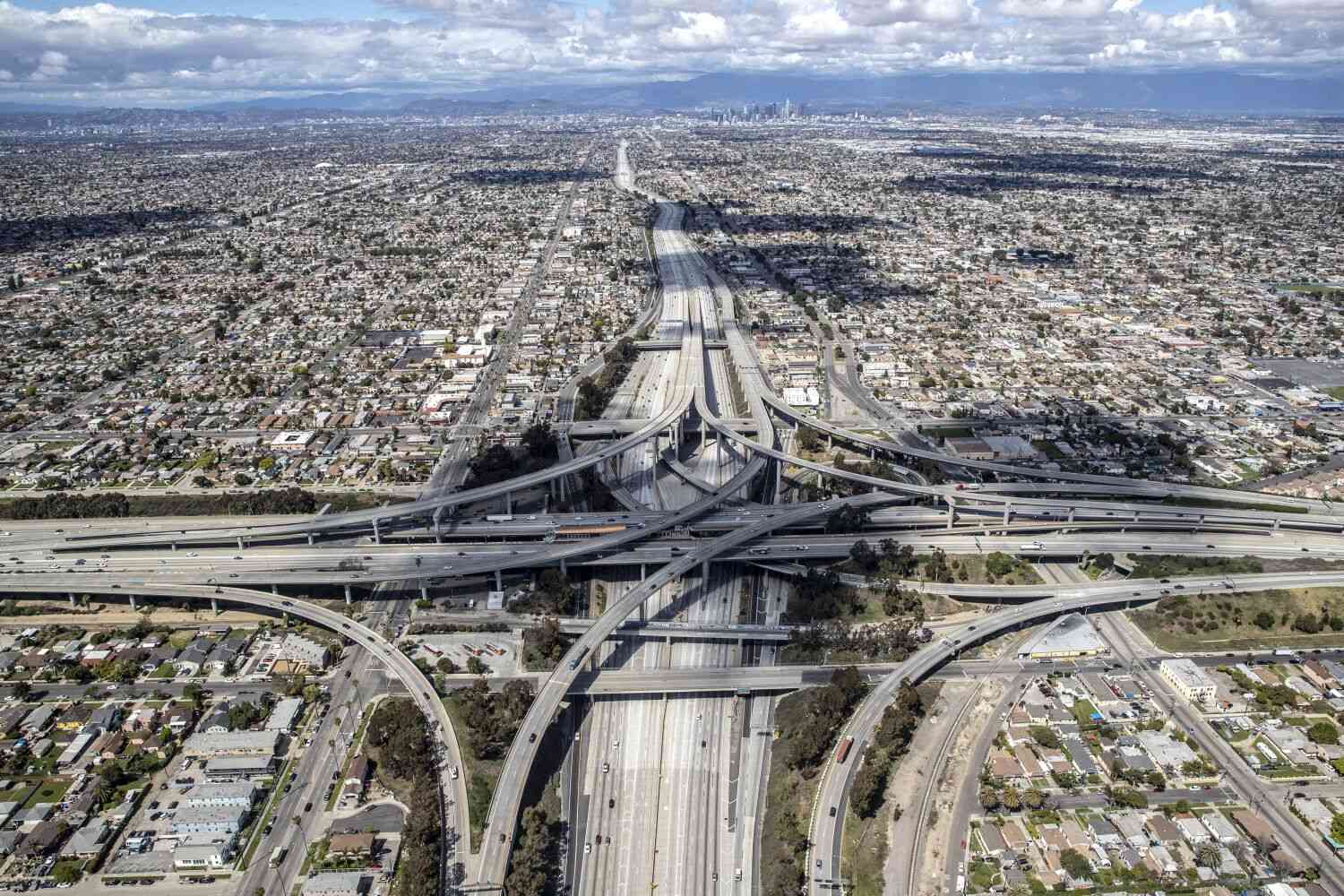California set a record for greenhouse gas reductions in 2020, but it means nothing if the progress isn’t being distributed. The state needs a better way to distribute the wealth generated by a climate-ready economy.
The past two weeks have brought a flurry of political news in Sacramento. A bill to restore the state’s cap-and-trade program is making its way through the state Senate, where, with time running out, Gov. Gavin Newsom and his lieutenant governor are working to get it passed. It has come with a raft of policy changes meant to ensure that the program doesn’t go through the same fate as its predecessor, the cap-and-trade program.
Meanwhile in California, we have seen the state’s largest city, San Francisco, take an important step toward making its city more resilient to climate change. Last week, Mayor London Breed announced that she put forward a plan that aims to “maximize” local climate impact, by adopting policies at the city and local government levels that are more resilient and more resilient to climate change.
Now a lot of people want to know: how is San Francisco going to get there without another massive climate-related policy overhaul from the state?
San Francisco has taken the lead on climate change policy and is showing progress on many fronts. Its cap-and-trade program, which requires large emitters to purchase permits for pollution permits and to buy emission certificates, is a good example of how public policy can be used as a positive force on markets to make emissions reductions less costly than what would be required under the policy.
The cap-and-trade program helps curb emissions by making it easier to buy pollution permits and to sell emission certificates to businesses and individuals that want to reduce their carbon footprints. To meet the cap, the state sets annual limits on emissions. Those limits make it cheaper for polluters to reduce their emissions than it would be to increase their production to meet the cap (if business is allowed to take on the extra costs of meeting the cap).
We want to know how San Francisco plans to meet the 2020 cap at a time when many other cities are facing shortfalls in their climate policies. That’s why we asked San Francisco planners and policymakers how they’re planning to meet the 2020 cap, and what sort of policies or programs

